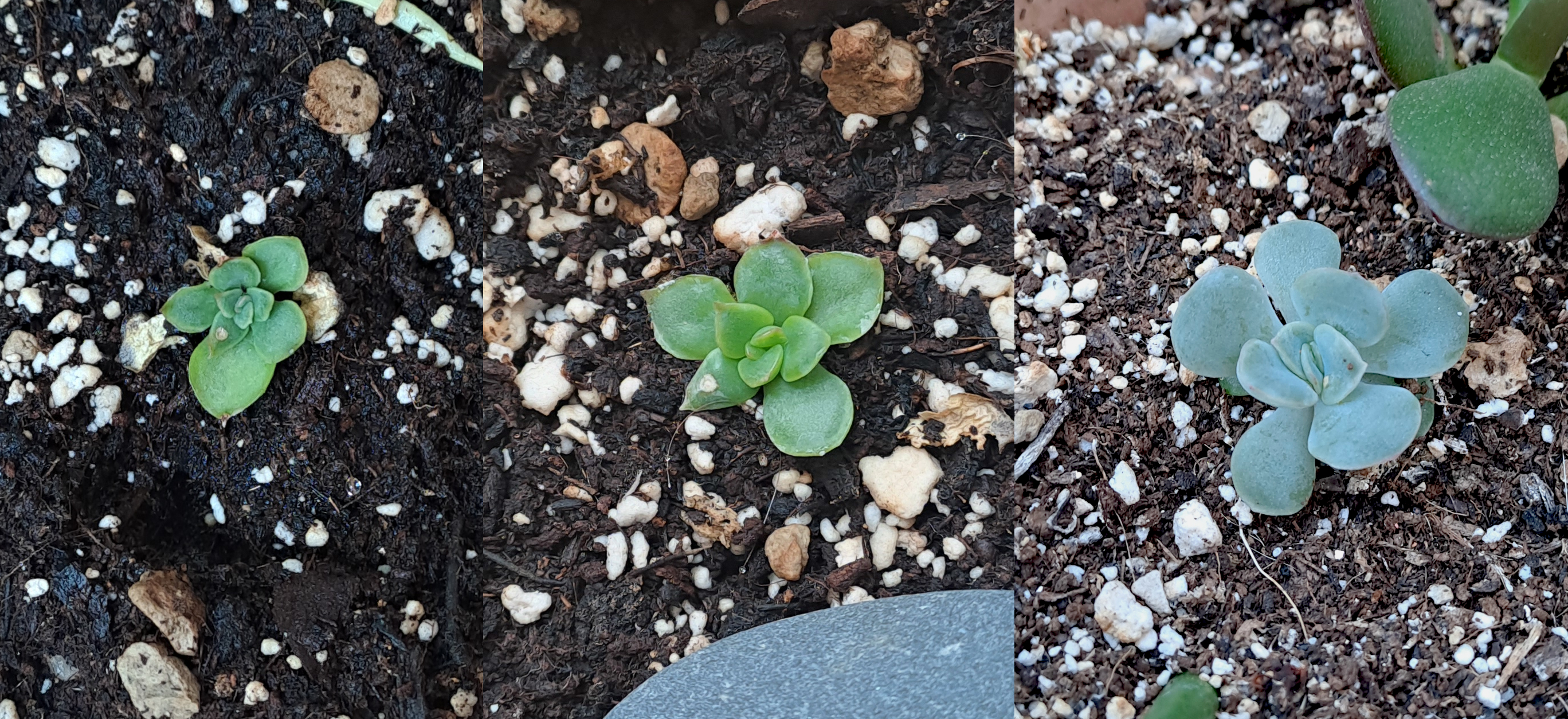this post was submitted on 26 Jun 2023
41 points (100.0% liked)
Nature and Gardening
6657 readers
1 users here now
All things green, outdoors, and nature-y. Whether it's animals in their natural habitat, hiking trails and mountains, or planting a little garden for yourself (and everything in between), you can talk about it here.
See also our Environment community, which is focused on weather, climate, climate change, and stuff like that.
(It's not mandatory, but we also encourage providing a description of your image(s) for accessibility purposes! See here for a more detailed explanation and advice on how best to do this.)
This community's icon was made by Aaron Schneider, under the CC-BY-NC-SA 4.0 license.
founded 1 year ago
MODERATORS
you are viewing a single comment's thread
view the rest of the comments
view the rest of the comments

I believe the color change is due to farina. It's a powdery, waxy substance that coats the leaves of succulents:
It serves to protect the plant against external agents like the sun, and it's good indicator of the plant's health.
In the linked article, they actually mention that once farina is removed, it's unlikely to grow back. So I'm glad my plant did eventually get it back! Although I'll admit the green color in the second picture was really pretty too.